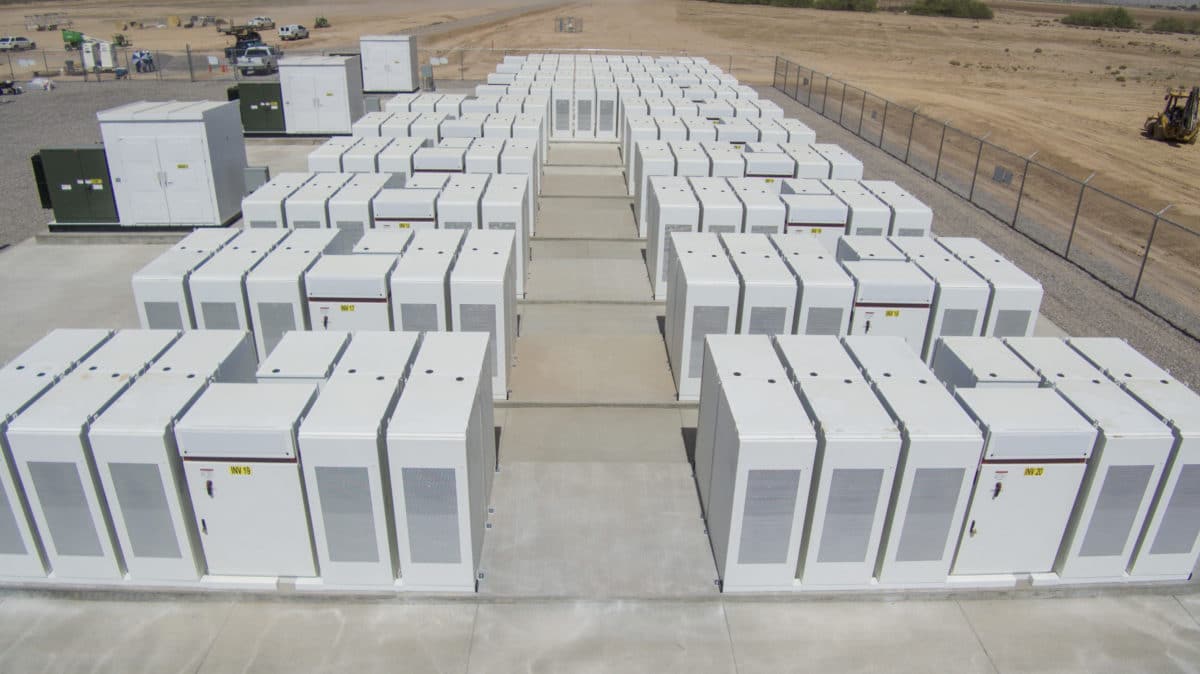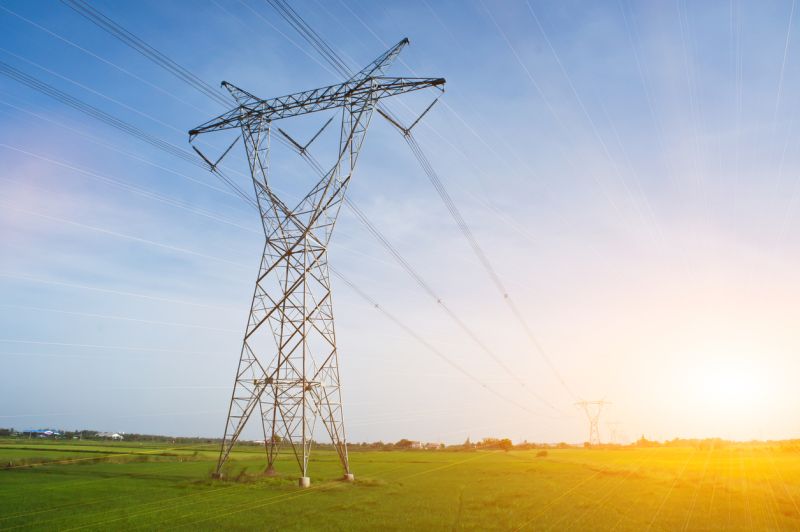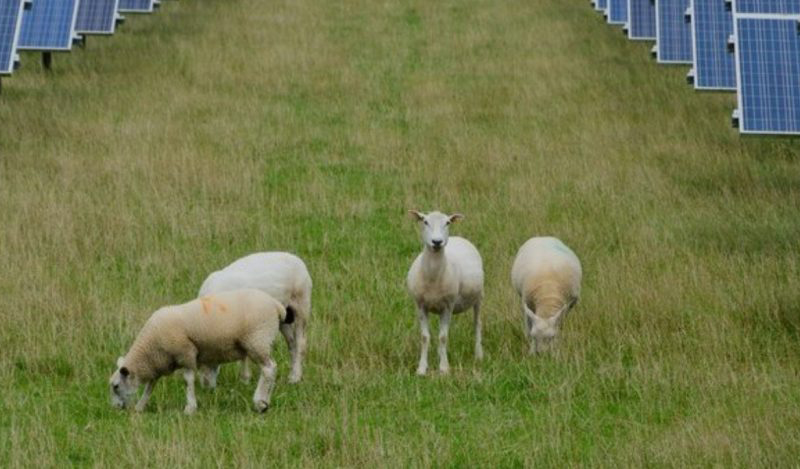Last week’s Australian Energy and Battery Storage Conference was fantastic. It was a chance to talk about the staggering growth in energy storage and batteries across the country, discuss opportunities, risks and lessons learnt, as well as reflect on the past and get glimpses into the future.
Amy Kean, Director of Stride Renewables, chaired the first day of the session on 7 March, her opening comments giving an overview of the position of Australia’s storage within the energy market today and over the coming decades. Below, we’ve summarised her comments and the conference’s key themes for those who missed out.
The National Electricity Market (NEM) is heading for 82% renewables by 2030. Batteries are smashing AEMO’s “North Pole” ISP requirements, which distinguish between the NEM’s shallow, medium and deep duration requirements from now until 2050.
Stride’s tracking of the project pipeline indicates that from 2026 onwards, batteries in NSW alone would, if built, be able to meet the combined capacity requirements for short- and medium-duration storage across the entire NEM. Proposed batteries in all NEM states would provide about four times the capacity requirements. But this won’t meet the physical need for long, deep storage technologies.
For the past two years battery costs have been going up by roughly 60%. The length of storage projects is increasing to multiple hours, as is the size: examples are SA’s Hornsdale Power Reserve and Blyth Battery at 129 and 400 MWh, respectively.
Capital is still hard to access and contracted revenue matters, even though revenue streams are growing and now include financial products, frequency and power system support, arbitrage, inertia, virtual and firming.
There is a race between the states and they will continue to compete, with Victoria ahead in the race to build batteries. The state has almost 400 MW in operation, boasting more than 500 GWh of shallow energy storage. If charged by renewables, each use of these batteries could save approximately 450 T of C02e when compared to drawing upon non-renewable resources.
South Australia and NSW are close to catching Victoria, each having more than 400 MW of capacity from projects that are committed and under construction. However, NSW is set to be the growth centre, with more than 21 GW and 43 GWh of capacity announced by developers, twice the amount of any other state. (Queensland is next, with 10 GW, 22 GWh.) With the Waratah SIP battery, NSW has shown what is now possible in terms of speed to market
The energy market is like any ecosystem and requires a diversity of technologies. Pumped hydro is a keystone technology: it is critical for reliability and security during prolonged periods of low renewable production. These projects are hard to build and take time, requiring long-term vision and government support. However, they can’t be dismissed due to these normal, short-term challenges, innate with all large infrastructure projects. There are now more than 20 GW (648 GWh) of pumped hydro projects across Australia, many of which are technically complex, with government policy (including grants and underwriting) critical.
We are overbuilding variable renewable energy (VRE) across Australia, leading to market impacts. The ratio of VRE to battery capacity is predicted to be roughly 3-to-1, meaning in the worst case there will be three times as much power from renewables as can be stored in batteries.
This indicates that low wholesale prices for energy will remain, occurring at times of high renewable penetration, while some solar and wind farms will continue to be curtailed. Meanwhile, batteries discharging during peak times should be able to replace retiring coal capacity alongside pumped hydro, but we are yet to see if they reduce prices at these times.
As published on LinkedIn


